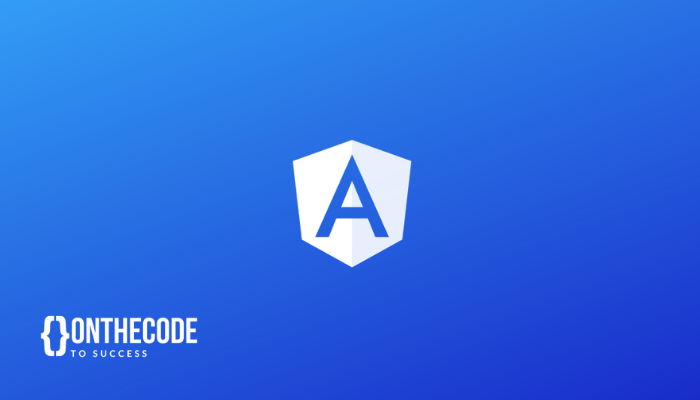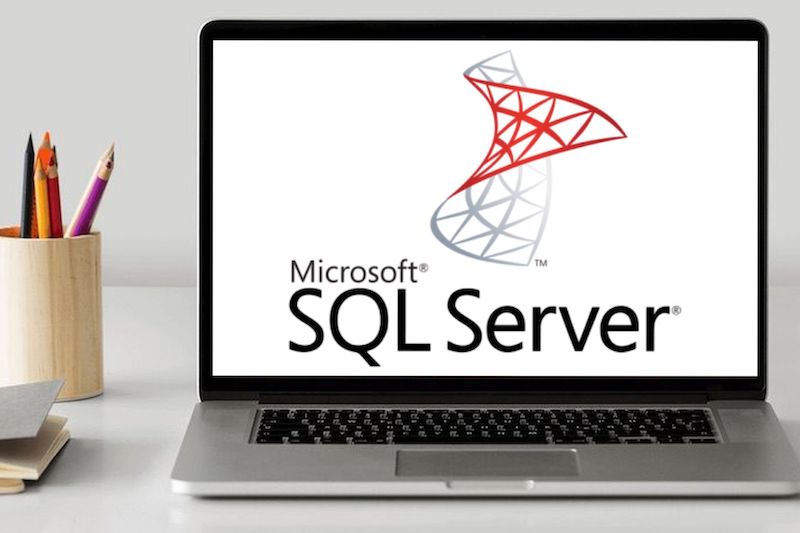How to Force Selection in Angular Material Autocomplete
In this post, we'll look at how to validate autocomplete component from Angular Material. Working with reactive forms, we'll write a custom validator to force selection only from the list of options. [toc] The autocomplete component is an input with a dropdown of suggested options. It allows the user to…









